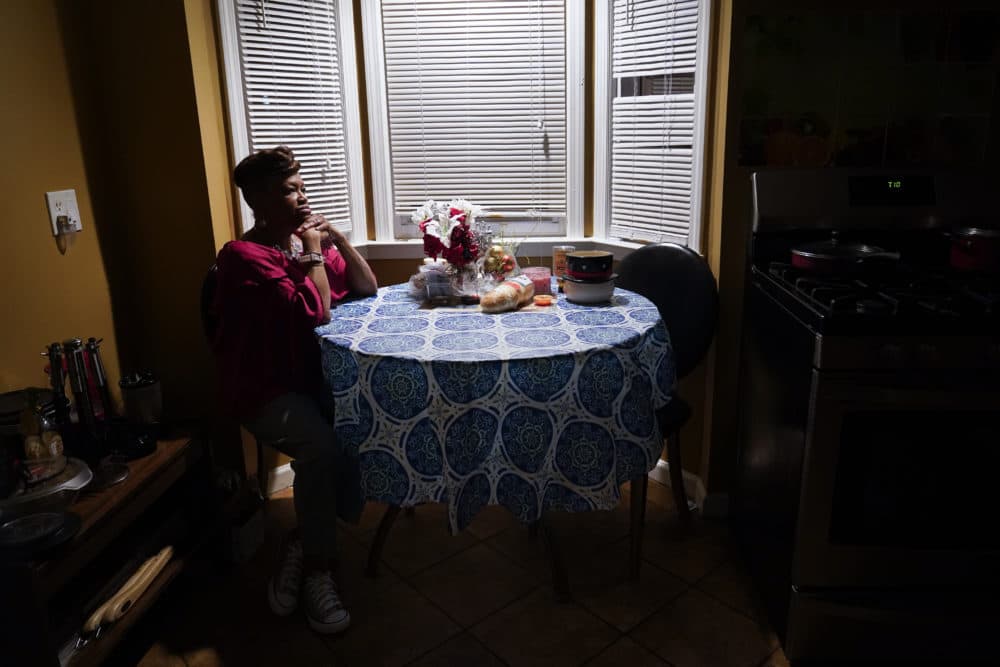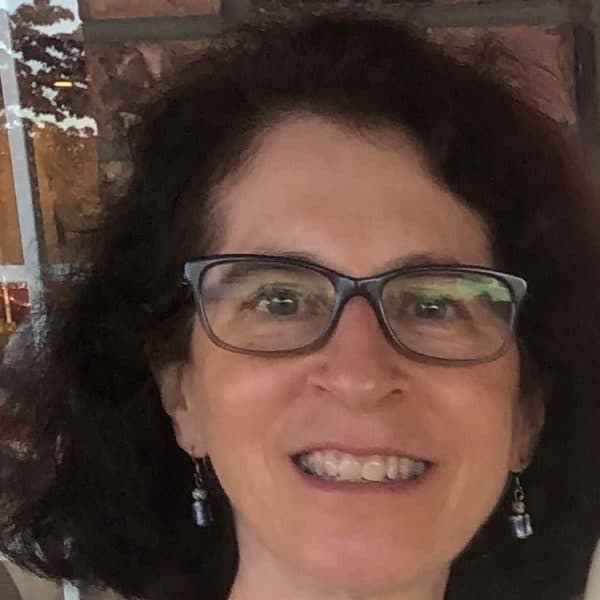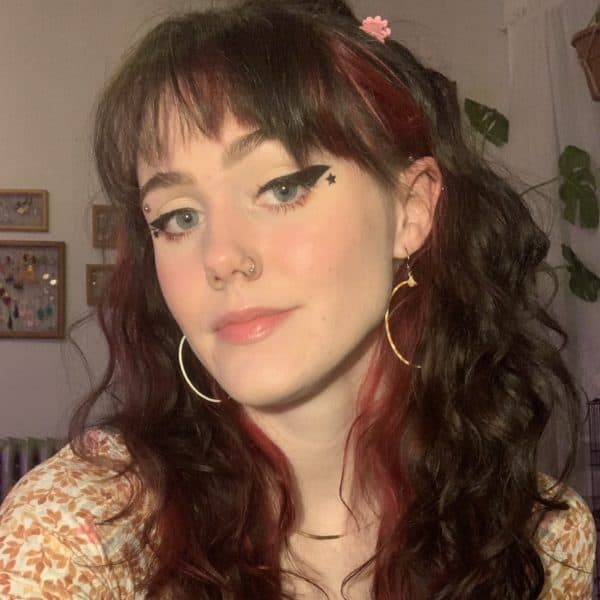Advertisement
Long-haul COVID might be caused by lingering, barely detectable spike proteins, study shows
Resume
Long-haul COVID has been a medical anomaly since the beginning of the pandemic, but a new study found that spike protein could be the cause.
Spike protein — which sticks out of the virus molecules — was found in most of the long COVID patients studied by researchers like Dr. David Walt of Brigham and Women’s Hospital in Boston.
“This is the protein that's responsible for the virus entering the cells through the receptors in human cells,” says Walt, the lead author of the study. “The spike protein itself is very unstable and gets degraded over very short periods of time. And as a consequence, the presence of it in patients for up to 12 months after they've recovered from their active infection suggests that they must still have some reservoir of virus in their bodies.”
Lingering cough, congestion, muscle aches, and partial or full loss of taste and smell are just some of the 150 symptoms that can persist for weeks to months, even after a person who caught COVID-19 tests negative. The Centers for Disease Control and Prevention estimates that 20% of COVID-19 patients suffer from long-term symptoms.
With the new BA.5 variant spreading rapidly, pathologists are concerned about increased reinfection.
“Do whatever you can to not get sick again,” Walt says.
Though COVID-19 is a novel virus, experts draw parallels between long COVID and other illnesses like influenza or Lyme disease. Treatments for the lingering virus may be possible, as evidenced in studies of children with multisystem inflammatory syndrome.
“[Multisystem inflammatory syndrome patients] have a reservoir of the virus in their [gastrointestinal] tract,” Walt says. “We can actually treat them with a drug that is able to inhibit the transport of this spike protein into their bloodstream.”
Still, in many cases of long-term infection, physicians are only able to mitigate symptoms without eliminating the virus at the crux of the issue. But Walt says he and his colleagues at Brigham and Women’s are working on it.
“If we can knock down the virus and the viral reservoir in these patients, we may be able to have them recover from their symptoms,” he says. “That may be using one of the readily available antiviral drugs, or it may require longer administration of these same kinds of drugs to get rid of the virus permanently.”
Even as new developments are reported, uncertainty defines the virus. Walt stresses that, especially with long-term COVID, we won’t know for some time if there could be life-long, treatment-resistant symptoms for patients.
“We measured the spike protein in patients up to 12 months after they had fully recovered from the active infection,” Walt says. “It could be that the reservoir is quite recalcitrant to treatment, but it's too early to say whether therapeutic intervention is not going to be successful.”
Karyn Miller-Medzon produced and edited this interview for broadcast with Todd Mundt. Grace Griffin adapted it for the web.
This segment aired on July 12, 2022.


